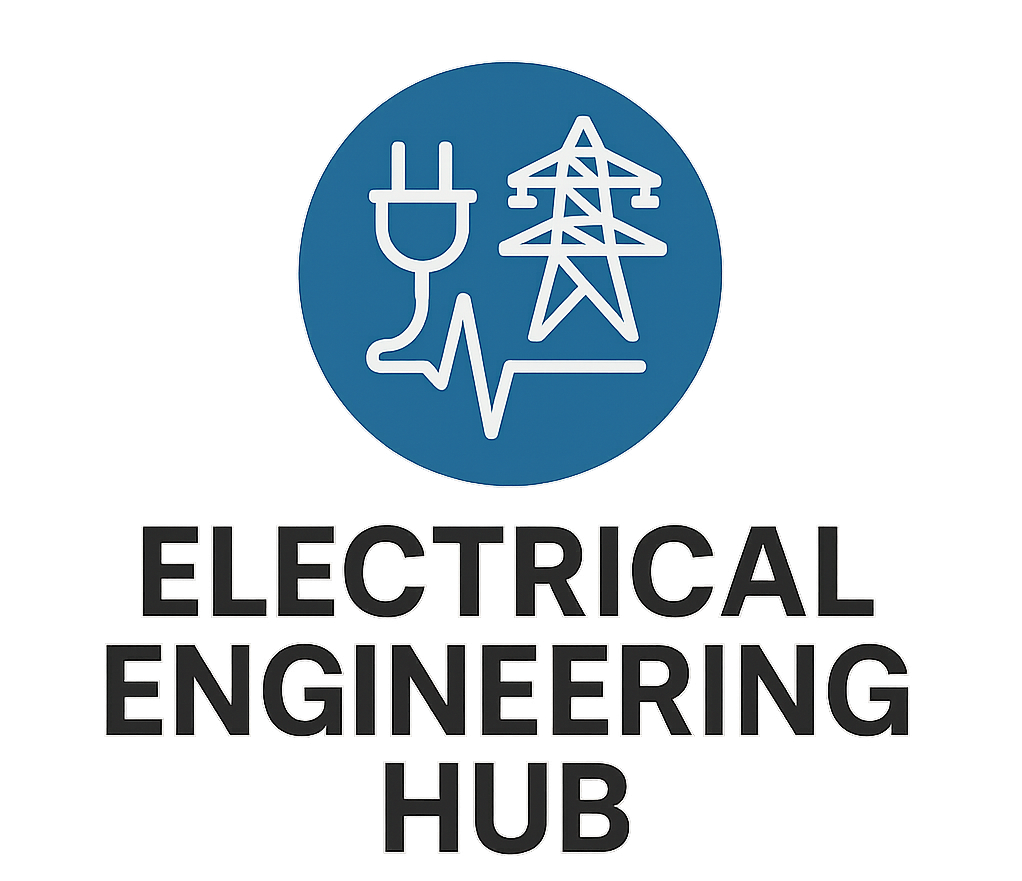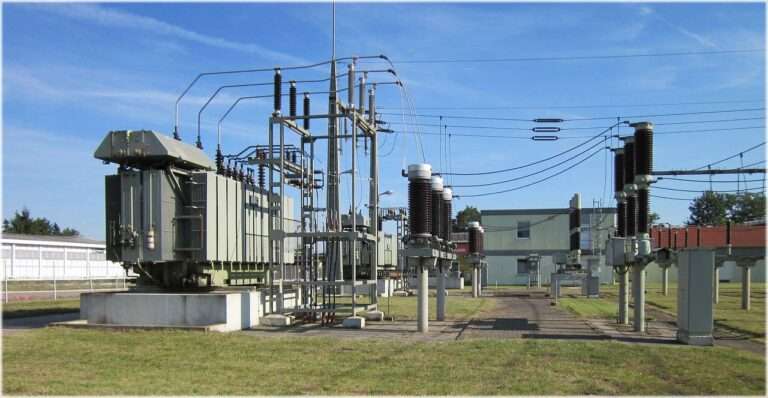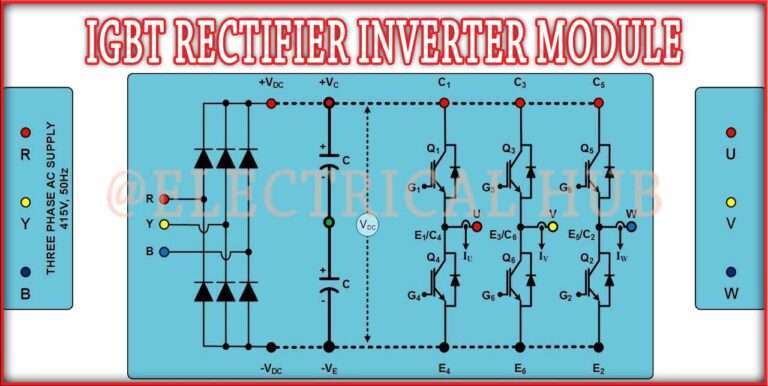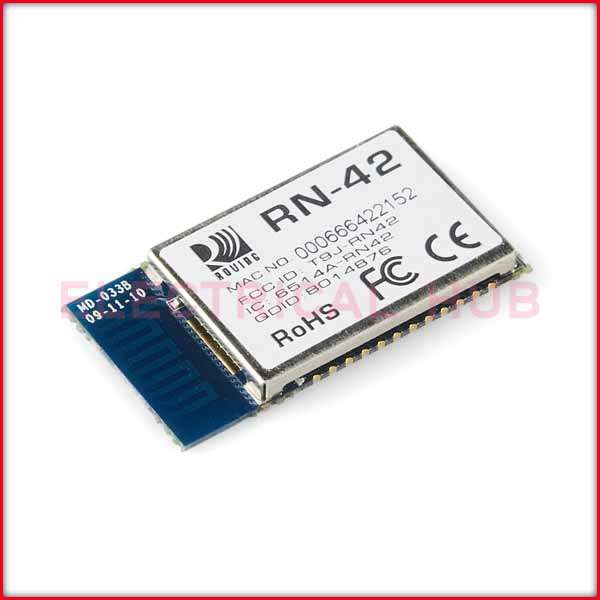Short Circuit Calculation Methods: IEC vs ANSI
Understanding short circuit calculation methods is essential for engineers working in power system design, protection, and fault analysis. Whether you’re designing a substation, verifying protection settings, or conducting a fault study, accurate short circuit analysis ensures system reliability and safety.
Table of Contents
Table of Contents

Two dominant standards guide these calculations: IEC (International Electrotechnical Commission) and ANSI (American National Standards Institute). Each has unique principles, assumptions, and applications.
Why Short Circuit Calculations Matter
Short circuit faults are unexpected connections between phases or to the ground. These faults result in extremely high currents that can damage equipment and endanger lives. Electrical engineers use short circuit calculation methods to predict fault currents and select appropriate equipment ratings and protection devices.
These calculations are required by:
- Power system studies
- Equipment manufacturers
- Utility standards
- Grid code compliance
By using standardized methods like IEC 60909 or ANSI C37, engineers can ensure consistent and safe system design across the globe.
Know more about Differential Protection of Transformer
Overview of Short Circuit Calculation Methods
Short circuit calculations aim to find:
- Initial symmetrical short circuit current (I”k)
- Peak asymmetrical fault current (Ip)
- Steady-state fault current (Ik)
- Interrupting current for breakers
- Fault MVA at buses
Both IEC and ANSI short circuit calculation methods follow different assumptions and techniques to estimate these values.
IEC Short Circuit Calculation Method (IEC 60909)
The IEC 60909 standard is widely used in Europe, Asia, and other parts of the world. It focuses on calculating fault currents under the assumption that the network is in steady-state operation.
Key Assumptions in IEC Method
- Voltage at the fault location is nominal
- Fault is a symmetrical three-phase fault (for worst-case)
- Internal generator impedances are represented as sub-transient reactance
- Motors can feed into the fault (contributing current)
- No load current is considered during the fault
Know more about Transformer Cooling Methods
Types of Fault Currents in IEC
| Type of Current | Description |
|---|---|
| Initial Short Circuit Current (I”k) | Symmetrical RMS current immediately after the fault |
| Peak Short Circuit Current (Ip) | The highest instantaneous current due to DC offset |
| Steady-State Fault Current (Ik) | Current after the DC component decays |
| Breaking Current | The current that circuit breakers must interrupt |
Equipment Modeling in IEC
- Transformers: Modeled with impedance from test data
- Generators: Modeled using sub-transient, transient, and synchronous reactances
- Lines and cables: Modeled with positive sequence impedance
- Motors: Considered based on rated power and contribution factor
Know more about Star Delta Transformer Fault Current Distribution
ANSI Short Circuit Calculation Method (ANSI C37 Series)
The ANSI method, primarily used in North America, is based on a momentary, asymmetrical fault current approach. It considers both the symmetrical and DC offset components of the current.
Key Assumptions in ANSI Method
- Prefault voltage is 1.05 per unit
- Fault is a bolted three-phase short circuit
- Equipment is modeled using ANSI-standard impedance tables
- Loads are generally ignored during faults
- Asymmetry is important in breaker sizing
Know more about Programmable Logic Controller vs Arduino
Types of Currents in ANSI
| Type of Current | Description |
|---|---|
| Momentary Current | Maximum asymmetrical current, used for fuse/breaker selection |
| Interrupting Current | Symmetrical current 4 cycles after fault |
| Symmetrical RMS Current | Used in relay coordination |
| Peak Current | For equipment mechanical stress considerations |
Equipment Modeling in ANSI
- Generators: Modeled using ANSI impedance tables
- Transformers: Impedances from nameplate or ANSI data
- Transmission lines: Modeled using X/R ratios
- Motors: Included based on size and system location
Know more about Introduction to Siemens Programmable Logic Controllers (PLC)
IEC vs ANSI: Key Differences in Short Circuit Calculation Methods
| Aspect | IEC 60909 | ANSI C37 |
|---|---|---|
| Voltage Assumption | Nominal voltage (1.0 p.u) | 1.05 p.u (slightly above nominal) |
| Type of Fault Considered | Symmetrical and asymmetrical | Primarily asymmetrical |
| Current Type Focus | Initial, peak, steady-state | Momentary, interrupting |
| Equipment Data | Manufacturer-specific data used | Standardized impedance tables |
| Motor Contribution | Can be included | Typically included |
| Software Implementation | Widely supported in Europe and Asia | Dominant in North America |
Practical Example: IEC vs ANSI Calculation
Let’s take a simple example to compare both short circuit calculation methods.
Assume:
- 11kV Bus
- Fault at the bus
- Transformer: 10MVA, 11/0.4kV, 6% impedance
- Generator: 20MVA, X”d = 0.2 p.u
IEC Calculation
- Use fault voltage = 11kV
- Calculate Zfault = Transformer Z + Generator Z
- I”k = √3 × V / Zfault
ANSI Calculation
- Use fault voltage = 1.05 × 11kV
- Convert all impedances to a common base
- Apply X/R ratio for asymmetry
- Calculate momentary and interrupting currents
While both methods may yield similar results in terms of RMS symmetrical currents, ANSI will show a higher momentary current due to DC offset. IEC will provide more details on peak and steady-state current values.
Know more about Top 10 Electric Motor Manufacturers in the World
Which Short Circuit Calculation Method Should You Use?
The choice between IEC and ANSI short circuit calculation methods depends on:
1. Geographic Location
IEC is standard in Europe, Asia, and parts of Africa. ANSI dominates in North America.
2. Industry Standards
Utilities or industrial facilities often follow a regional standard. Manufacturers of protective relays and breakers design products based on the applicable method.
3. Design Objective
For peak current and mechanical stress design, IEC is often better. For breaker interrupting rating and coordination, ANSI may be more practical.
4. Software Tools Used
ETAP, DIgSILENT, SKM, and others support both standards. Be sure to select the correct method based on project scope.
Short Circuit Calculation Challenges in Modern Grids
With increasing renewable energy integration, the short circuit behavior of grids is changing. Inverter-based resources (IBRs) contribute very low or controlled fault currents, making traditional short circuit calculation methods less applicable.
IEC has introduced updates (e.g., IEC 60909-0) to account for converter-based generation. ANSI methods are also evolving but often require user adjustments.
Understanding how these modern sources impact fault currents is now an essential part of short circuit studies.
Conclusion: Choosing the Right Short Circuit Calculation Method
Both IEC and ANSI short circuit calculation methods are robust and widely accepted. However, they are based on different philosophies. IEC uses a steady-state approach with more types of fault current defined. ANSI focuses on practical equipment ratings, emphasizing peak and interrupting current values.
Knowing the difference is crucial for:
- Equipment selection
- Protection coordination
- Grid code compliance
- Safety assurance
As electrical networks become more complex, engineers must choose the right method or combine insights from both to ensure accurate and safe system design.
Follow Us on Social:
Subscribe our Newsletter on Electrical Insights for latest updates from Electrical Engineering Hub
#ShortCircuitCalculation, #IECStandard, #ANSIStandard, #ElectricalEngineering, #PowerSystemProtection, #FaultAnalysis, #ShortCircuitAnalysis, #ElectricalDesign, #EngineeringStandards, #IECvANSI, #GridProtection, #TransformerProtection, #CircuitBreakerRating, #SystemFaultLevels, #ElectricalSafety






